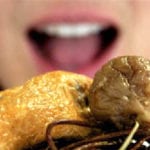 Weird Stuff
Weird Stuff  Weird Stuff
Weird Stuff  Mysteries
Mysteries 10 Tragic Disappearances and Deaths in Joshua Tree National Park
 History
History 10 Ways Childhood Really Sucked in the Old West
 Music
Music 10 Name Origins of Famous Bands from the 1990s
 Religion
Religion 10 Biggest Turnarounds by the Catholic Church
 Weird Stuff
Weird Stuff 10 Unbelievable Times Laws Had Unintended Consequences
 Humans
Humans Ten Historic Women Who Deserve Way More Credit Than They Got
 Movies and TV
Movies and TV 10 Films That Spawned Major Lawsuits
 History
History Ten Times Towns Were Wiped Off the Face of the Earth
 Creepy
Creepy 10 of the Most Disturbingly Haunted Public Houses in the UK
 Weird Stuff
Weird Stuff 10 Niche Subcultures That Are More Popular Than You Might Think
 Mysteries
Mysteries 10 Tragic Disappearances and Deaths in Joshua Tree National Park
 History
History 10 Ways Childhood Really Sucked in the Old West
Who's Behind Listverse?

Jamie Frater
Head Editor
Jamie founded Listverse due to an insatiable desire to share fascinating, obscure, and bizarre facts. He has been a guest speaker on numerous national radio and television stations and is a five time published author.
More About Us Music
Music 10 Name Origins of Famous Bands from the 1990s
 Religion
Religion 10 Biggest Turnarounds by the Catholic Church
 Weird Stuff
Weird Stuff 10 Unbelievable Times Laws Had Unintended Consequences
 Humans
Humans Ten Historic Women Who Deserve Way More Credit Than They Got
 Movies and TV
Movies and TV 10 Films That Spawned Major Lawsuits
 History
History Ten Times Towns Were Wiped Off the Face of the Earth
 Creepy
Creepy 10 of the Most Disturbingly Haunted Public Houses in the UK
10 Disgusting Facts About The Human Mouth
Among all the different parts of the human body, there is nothing more dichotomous and disgustingly endearing than the human mouth. So what mysteries do the teeth, gums, tongue, and salivary substance hold that we don’t understand? Well, here’s something to sink your teeth into—10 disgustingly intriguing facts about the human mouth.
10 Saliva Can Actually Digest Parts Of Us
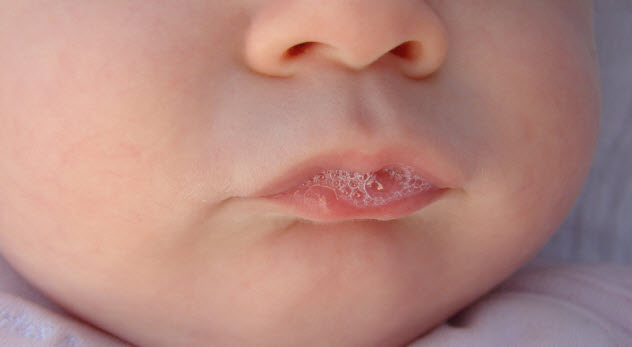
Saliva is the sticky, watery substance that coats the entire human mouth and is responsible for a plethora of functions. It was designed mainly to protect the organs within your mouth from dehydration and to help in digestion.
This latter function is due to an enzyme called amylase which helps to break down carbohydrates—an essential chemical component in numerous foodstuffs that is, freakishly, also found in parts of our bodies.
So in essence, if you hurl a spitball at someone, it can probably digest your target’s head. Even if it’s just a small portion of it.
9 Teeth Are Made From The Strongest Substance In The Body

Smash your teeth. Go on. Take a swipe at them.
Wait! Don’t do that. But for those of you who did, one thing you’ll notice is that, apart from the bloody mess surrounding your mouth, your teeth are virtually intact. That’s because teeth are made from a substance called enamel which is also the hardest substance in the body and, arguably, one of the hardest substances on Earth.
This would conveniently explain why most dental equipment is like a high-end, miniature power tool that can barely chip at even the small amounts of our teeth.
8 The Tongue Is Actually A Complex Combination Of Four Muscles
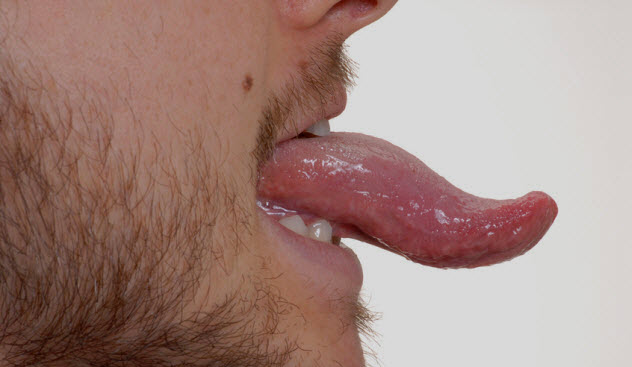
Muscles are the fleshy organs responsible for moving around our clunky, lifeless skeletons. But they also come in different shapes and sizes. The tongue, in particular, is one of the most complex and unique muscles in the body.
It’s actually a combination of four different muscles, each of which is responsible for different actions. A combination of these four muscles produces many highly intricate movements that are needed for speaking, eating, and swallowing.
Thus, like any other muscle in the body, it’s also highly trainable. The tongue forms the basis for phonetics practice, language repetition, and other unique movements learned via exercises.
7 The Mouth Is Virtually One With Our Eyes And Nose
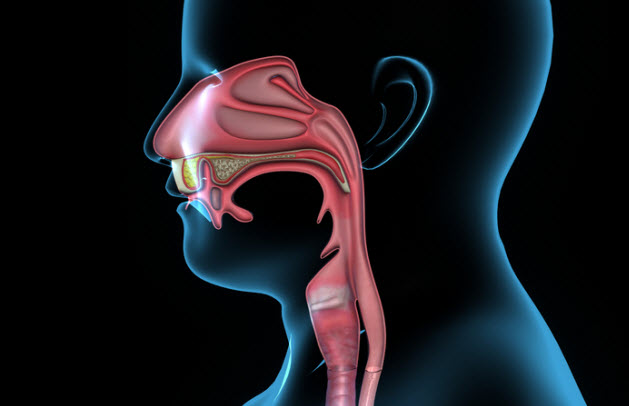
Think of your math teacher. Yes, the scary one. As much as we’d like to think of her as a soul-sucking demon from Hell with a single orifice on her face, it’s best that we take a look in the mirror. In reality, the human mouth is actually interconnected with both the nose and the eyes.
However, it’s a stretch to say that it would be possible to pass a marble from each orifice to the other. Instead, it’s more precise to say that they share a complicated series of glands, tubes, and openings. All of them eventually lead down to two main systems: the digestive system, which leads to the tummy, and the respiratory system, which leads to our windpipe.
So before calling anyone any names, just keep in mind that we’re all the same freaks deep down inside.
6 Saliva Is Actually Filtered Blood
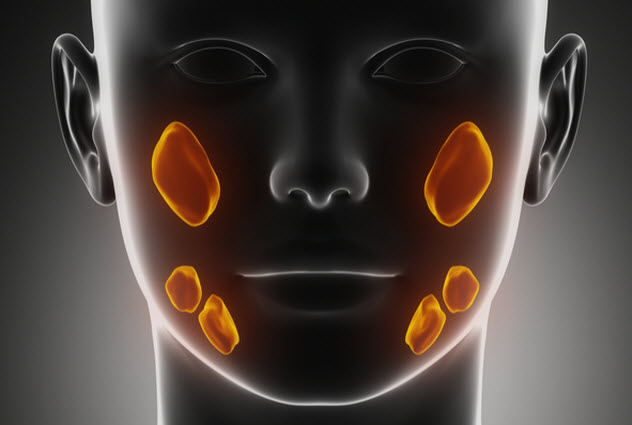
The production of saliva happens subconsciously and automatically, and we all know that certain foods and conditions are capable of producing more saliva than others. But how is it made exactly?
Well, not only is it super complicated, it turns out that saliva is actually derived from our main, essential body fluid—blood. As the blood flows into one of the numerous glands located on different portions of the face, plasma (the fluid-filled portion of blood) is filtered and eventually converted to saliva.
This is done via the specialized cells located within our saliva glands that are responsible for reabsorbing certain elements of plasma and enabling others to make their way into the final product. Couple this with the numerous mucous glands in the mouth, and you have one sticky, sticky outcome.
5 The Tongue Is Coated With Thousands Of Taste Buds
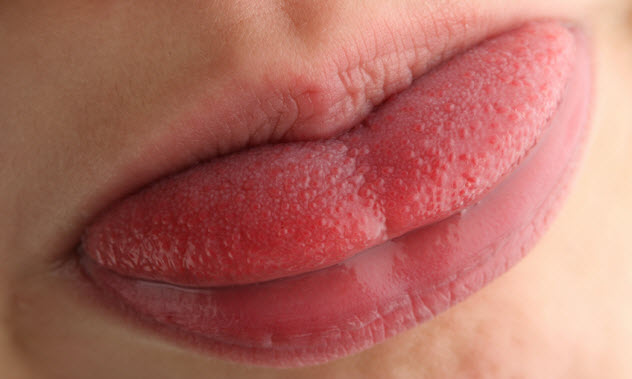
You know those weird movies where the monsters come from under the bed to eat you? Well, we’re all sort of like that except to a much milder and less M. Night Shyamalan-esque extent. Our tongues are coated with numerous taste buds, with the average adult having a little over 10,000 buds coating the entire upper surface of the tongue.
These little structures appear as little bumps over the tongue’s surface but, microscopically, bear a closer resemblance to mushrooms with nerve endings running through their tops. Over time, these nerve endings die out and we’re less inclined to have more acute tastes.
This would explain why older people have much smaller appetites and why younger children enjoy simpler, sweeter flavors. So dig into those Mars bars while you can—just watch the cavities.
4 There Now Exists A Fifth Taste Group

Very quickly, name the taste groups. What did you think of? Well, there’s sweet, salty, sour, and bitter. Spicy doesn’t quite make the cut because it’s more of a burning sensation rather than an actual taste.
No other taste, you say? Well, at the turn of the 20th century, Japanese scientist Kikunae Ikeda discovered a fifth taste group, which has been dubbed umami (“savory”). This taste group is chemically stimulated most intensely by monosodium glutamate (MSG), which is why it comes as no surprise that MSG remains one of the main ingredients in most modern Asian cuisine and fast food.
So remember, that sukiyaki you’re enjoying? It’s not salty. It’s umami!
3 Taste Involves Smell

Have you ever tried to eat chicken soup when you had the flu and a stuffed nose? Not very pleasant, is it? No matter how much salt, pepper, and chicken broth you throw in, the soup appears to be a mixture of damp cotton and hot water.
This occurs because most of our perception of taste involves our sense of smell. Despite our tongue hosting a majority of the nerve endings responsible for our basic sensation of the five tastes, a majority of “flavorful” tastes shape our perception in a very different way.
As the food goes into our mouths, a large portion of the food is turned into a fine mist that ascends into our noses. Thus, any spices and aroma present in the food stimulates our smell receptors, mixing this perception with that of our taste buds. All of them combine into a culinary frenzy of flavor and taste.
2 Our Mouths Are One Of The Filthiest Parts Of The Body

We all like to tell ourselves that our mouths are sparkly clean. After all, we weren’t constantly reminded to brush our teeth, floss them, and use mouthwash when we were kids for nothing, right?
Our mouths contain our food and that’s clean, so what’s the problem?
Well, consider yourself very wrong. The human mouth is one of the dirtiest parts of the body, second only to the genital tract, where your pee comes from, and the intestinal tract, where poop comes out.
But this isn’t entirely a bad thing. Our mouths are actually host to hundreds of species of bacteria, many of which simply live there and don’t really cause any damage. If any disease-causing bugs get into our mouths, these “good” bacteria outgrow them and starve out the competition to make sure that we don’t get sick.
However, if any of these good bacteria get into other parts of the body—such as the skin in cases of human biting or down the wrong pipe if your saliva gets into your lungs—then infections may arise.
1 The Mouth Is Mostly Made Up Of A Series Of Muscles

What exactly makes up our mouths? Well, aside from the skeletal structure provided by the skull and the lower jaw, it’s hard to believe that the mouth is just a series of muscles strung together by overlying skin and membranes.
A quick look at an anatomy textbook will show you that these muscles make up the better portion of the contour of our faces. Each muscle is responsible for a particular movement of our mouth—whether it’s blowing and whistling, chewing, or even pouting.
Thus, the old saying—“Make that face, and it’ll stay that way”—has some truth to it. If the muscles and jaw lock into a certain position as in some conditions of lockjaw or dislocation, then having a doctor snap them back certainly won’t be a laughing matter.
Dr. Keith Andrew Chan is an internist and video game enthusiast. He mostly spends his time debating the possibilities of time travel involving cats and butter. He contributes regularly to cebumd.com and runs his own medical humor site. Follow him on @keithachanmd.

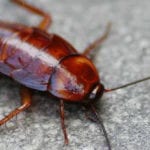

![Top 10 Disgusting Foods The Chinese Eat [DISTURBING] Top 10 Disgusting Foods The Chinese Eat [DISTURBING]](https://listverse.com/wp-content/uploads/2020/03/23773182-0-image-a-46_1580303417295-150x150.jpg)

